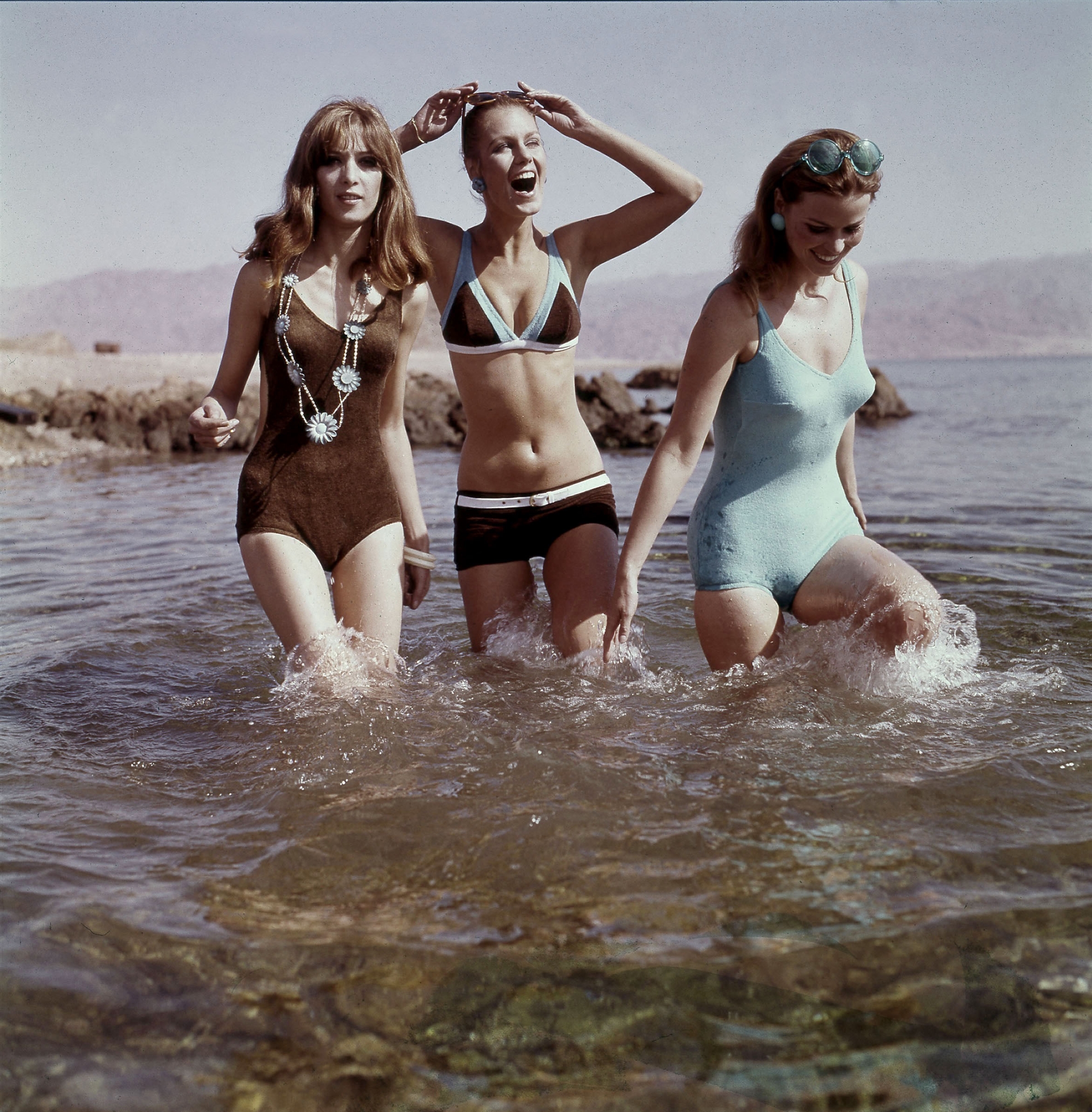
It can be our mothers, grandmothers or great-grandmothers. OUR exhibition “Photo History of Women of the 20th Century”.presented at the Roger-Viollet Gallery in Paris, is a selection of 86 contemporary prints of archival photographs, essentially giving face to those who have used the word “emancipation” in practice in France over the past century.
Freed from the guardianship of their fathers or husbands, they finally acquired all political rights on an equal footing with men. These 100 years were for women a century in which they won their freedom. But how did they live these decades? What was the fate of their time?
The social order of the early 20th century was based on marriage. The destiny destined for women was to be wives and mothers. The wealthier focused on being beautiful and maintaining their social status, the poorer worked hard as maids, farm or factory workers.
However, the education of women has opened up new horizons. Suffragettes who came to France from England began to demand the right to vote. Sea bathing became fashionable, sports began to include the female gender, and the body was gradually liberated. The present still belonged to men, but the future could belong to women.
The Roaring Twenties were a time of great freedom and creativity. Women began to cut their hair and take off their hats. Their dresses let you see their legs and arms. The most daring even borrowed trousers from men. And much more, they smoked in public.

On April 21, 1944, General de Gaulle, impressed by the number of women participating in the Resistance during World War II, granted them the right to vote. However, by the time of their release, those who had been publicly cut and exposed on suspicion of having sexual relations with the enemy reminded all women that their bodies remain a territory that does not belong to them.
The 1950s and 1960s encouraged women to stay at home. It was the era of the mother who took care of the house, managed the family money and was the backbone of the consumer society. On the other hand, however, the body ceased to be intended for reproduction, and could also be sexual and a source of pleasure.
The 1970s was a decade of militant feminist struggles for women’s liberation. Behind such prominent figures as the lawyer Gisele Halimi and the philosopher Simone de Beauvoir, thousands of women took to the streets to assert their rights. Determined and united, women changed their views and laws.
It is worth noting that this photo exhibition, based on the book of the same name by Anis Grossman, contains images from the historical archive of the Roger-Viollet photo agency. Its famous green boxes contain nearly eight million photographs.
The agency-turned-shop was founded by Helene Rosier-Violette, born in 1901. Together with Jean-Victor Fischer, whom she met in journalism school and later became her husband, she began a series of photo essays in the summer of 1936. the two went to Spain and brought with them some of the first images of the civil war and the influx of refugees on the French frontier.
Source: Kathimerini
Ashley Bailey is a talented author and journalist known for her writing on trending topics. Currently working at 247 news reel, she brings readers fresh perspectives on current issues. With her well-researched and thought-provoking articles, she captures the zeitgeist and stays ahead of the latest trends. Ashley’s writing is a must-read for anyone interested in staying up-to-date with the latest developments.